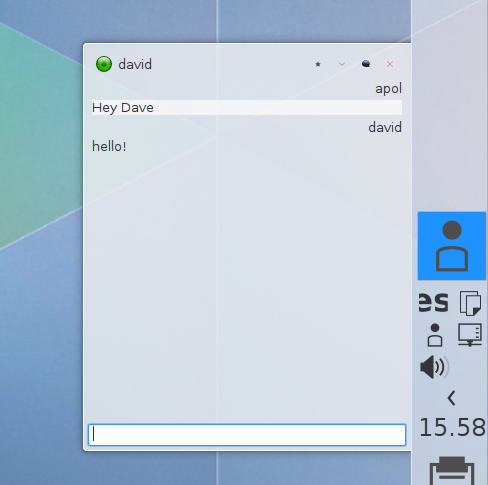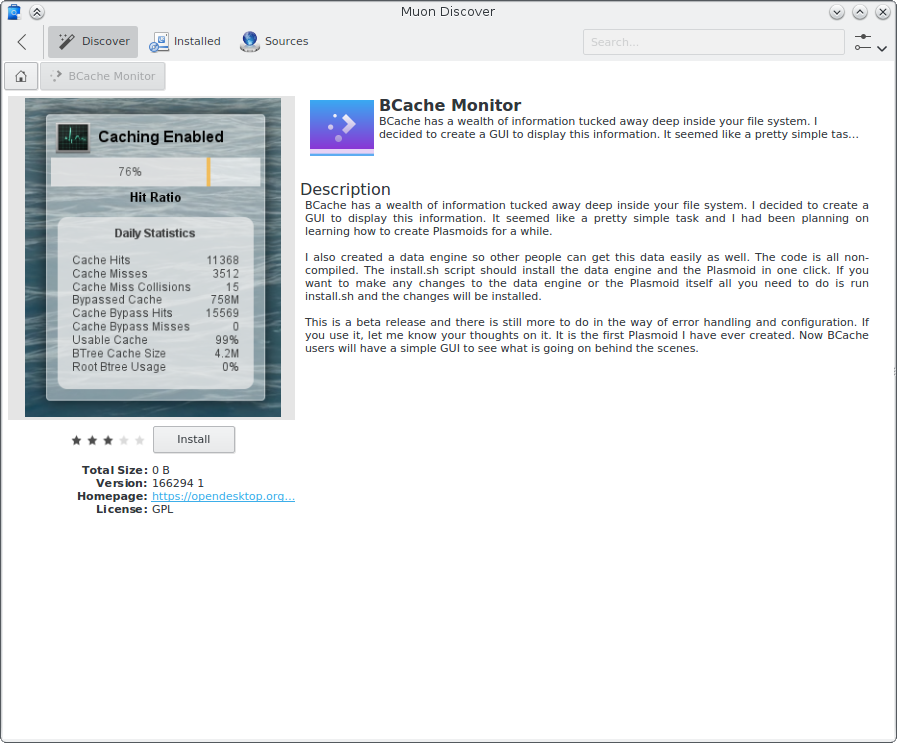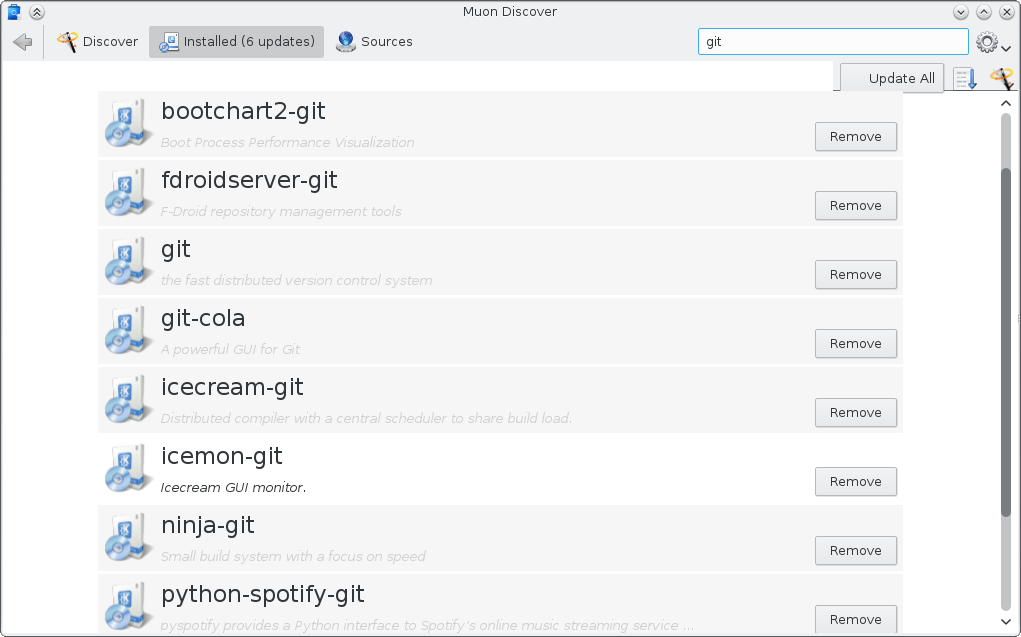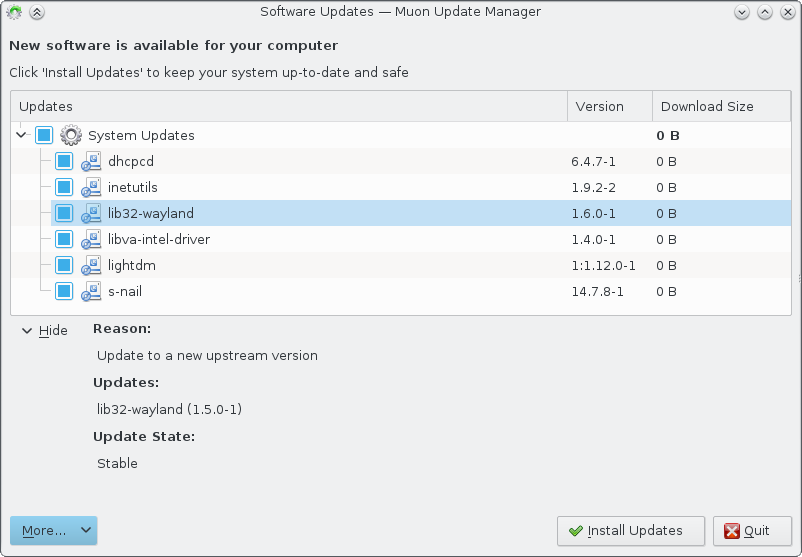I joined KDE to hack. I wanted to create new thriving technologies for the world, to create tools, to learn, and, in general, to add some pragmatics into my perception of technology.
The one thing I didn’t really expect to do is all the rest.
I starting actively contributing to KDE in 2007 and I started contributing to both KDE Edu and KDevelop almost at the same time, I’ve talked largely about this aspect already so I won’t expand. I want to explain the rest.
The Community
My first Akademy, in Glasgow. felt spectacular to me, I made good friends and I remember having very deep experiences. With Albert, Anne-Marie, Rafael, Alexander, I loved the feeling that working together we could do great things and also that I could learn a lot over here. Those who know me know that despite being quite an introvert I tend to start talking a lot when I get engaged, and I remember talking a lot over there.
Foreign country, people, language, nothing mattered, the only important thing was to learn and to hack. I remember partying lots and hacking lots just as well over there. I’m explaining this because there needs to be an explanation, why someone who just wanted to hack ended up founding KDE Spain or joining the KDE eV board?
KDE Spain
Later in 2007 we organized the Akademy-es in Zaragoza. Different setting, different people and different perspective. There you did’t talk to people who want to work with you, they wanted to be convinced about KDE, about Free Softwre. I enjoyed it, it was healthy to put in perspective everything I was doing. Thinking about how to motivate others helps a lot to redirect oneself, to keep with the feet on the ground.
Later on, we decided to start KDE Spain, which was basically the intention to keep doing that in the future. Reaching out to local people, those who you won’t find on our mailing lists, at least not before you get there. KDE Spain has been to the day one of the projects I’ve invested myself the most.
KDE eV
I joined the KDE eV late in 2008. I was by then convinced that without infrastructure all good to be done in the project is in vain. We’ve all had this feeling when you see another project offering something that you have had for years unnoticed. It requires work, many pieces coming together.
Community software development (or any development for that matter) is much more complex than one would want. It needs organization and expertise in crafts one wouldn’t think before. That is one of the main reasons to push for KDE to me: having people from different fields coming together to make wonderful things happen. (Community as a Service, CaaS. Have we coined that yet?)
Barcelona Free Software
Life is all about balance. From generic to specific, from big to flexible. Life artifices made it so that my city, Barcelona, has become a focus of the KDE development and we had to take advantage of the opportunity. This time we went full local, we started to gather many people knowledgeable about KDE around and instead of creating yet another KDE thing, we created a group concerning Free Software in Barcelona.
With the huge help of Martín, we’ve built an open group to meet and discuss about Free Software in a nice and relaxed setting. It was a piece I always missed in the puzzle.

- How to make the world use Free Software?
- For example, people around me. Are we offering what they need? What do they use?
- How come I don’t even know them? What do they create?






